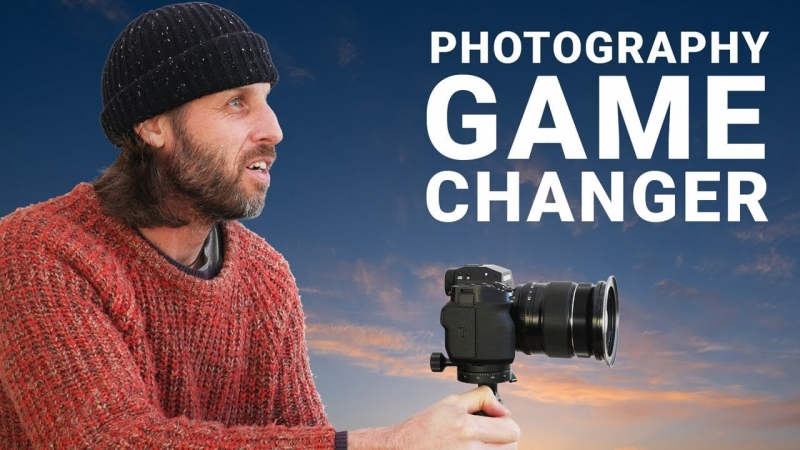Contents
Landscape photography is a beautiful yet challenging art form. It’s not just about capturing what you see; it’s about crafting a compelling image that tells a story. Oftentimes, creating a powerful composition is more about what you leave out of the scene than shooting every visible element.
Landscape photographer Ian Worth, shares his insights on how to simplify and elevate your landscape photography through a technique he calls “the art of subtraction.” Here’s how you can apply his practical tips to improve your own shooting skills.
The Challenge of Seeing versus Capturing
When we look at a scene with our eyes, we naturally take in the entire picture: every tree, blade of grass, and cloud in the sky. However, a camera doesn’t have the same ability to filter out distractions. This often results in cluttered, unfocused images. Ian emphasizes that the key to better photography lies in simplifying the scene by removing unnecessary elements.
“Photography is often described as the art of selection,” Ian explains. “Unlike painting, where you add elements to a blank canvas, photography starts with everything in front of you. The challenge is narrowing it down to the essentials.”
Practical Tips for Simplifying Your Composition
- Move and Zoom
One of the simplest ways to eliminate distractions is by physically moving or adjusting your focal length. Ian demonstrates this by showing how moving back and zooming in can remove unwanted elements (like horse poop in his example) while maintaining a similar framing. - Use a Shallow Depth of Field
Shooting with a wide aperture (like f/2.8) and getting close to your subject can create a shallow depth of field. This technique blurs the background and foreground, isolating your subject and giving your image a clean, focused look. - Incorporate Negative Space
Filling your frame with negative space, such as the sky or ocean, can help isolate your subject and create a minimalist composition. Ian often uses this technique to draw the viewer’s eye directly to the focal point. - Convert to Black and White
Bold colours can sometimes be distracting. By converting your image to black and white, you strip away the colour and focus on textures, light, and shadows. This can simplify the scene and add a dramatic, timeless quality to your photos. - Use Light and Shadow to Your Advantage
Light and shadow can be powerful tools for hiding distractions. By positioning your subject in bright light and hiding unwanted elements in shadow, you can guide the viewer’s eye to the most important parts of the image.
The Importance of Patience and Observation
Ian stresses the importance of slowing down and observing your surroundings. “The best way to practice the art of subtraction is to take a step back and just observe,” he says. Look for a point of interest, but also pay attention to what you can exclude. This mindful approach helps you create more intentional and impactful compositions.
Dealing with Challenging Lighting Conditions
Lighting plays a crucial role in landscape photography. During his shoot on the West Coast of Wales, Ian faced less-than-ideal lighting conditions. The sun was directly behind him, creating flat, evenly lit images. He prefers side lighting, which adds depth and dimension to the scene.
“If the light isn’t right, don’t force it,” Ian advises. Sometimes, revisiting a location during better lighting conditions (like during golden hour or sunset) can make all the difference.
Final Thoughts
The art of subtraction is about more than just removing elements from a scene—it’s about focusing on what truly matters. By simplifying your compositions, you can create images that are more impactful and visually engaging.
Next time you’re out with your camera, try Ian’s approach: start with the whole scene and ask yourself, “What can I remove to make this stronger?” Whether it’s through movement, focal length adjustments, or creative use of light and shadow, subtraction can transform your photography.

